Welcome to the Caribbean! The Dominican Republic and Haiti are two neighbouring countries on the island of Hispaniola. Despite their proximity and shared history, these two countries have developed unique cultural identities and distinct ways of life. Enjoy reading the ultimate comparison: Dominican Republic vs Haiti!

The Dominican Republic is known for its white sandy beaches, vibrant nightlife and welcoming people. Haiti, on the other hand, is often associated with its rich history, vibrant arts scene and unique Creole cuisine. Both countries have faced their fair share of challenges, but have also shown resilience and strength in the face of adversity. Join us as we explore the similarities and differences between these two fascinating nations.
Top Things to Do in Dominican Republic vs Haiti
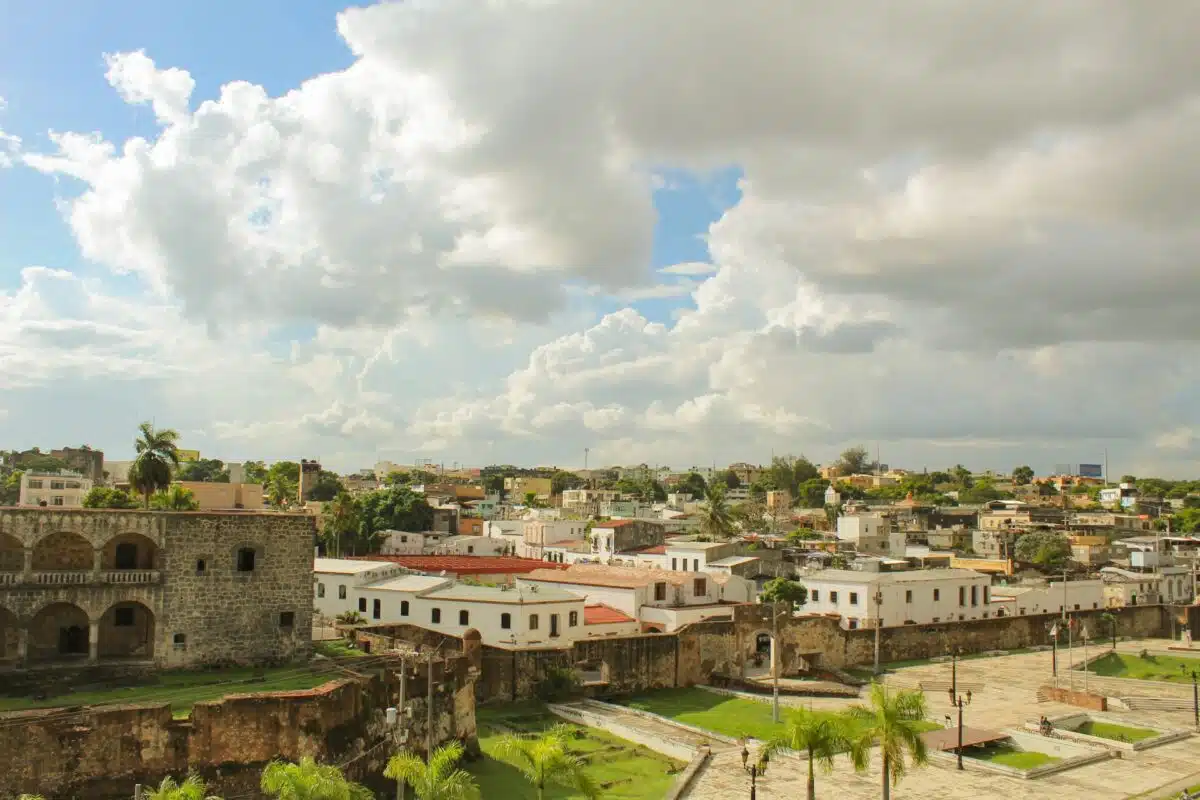
The Dominican Republic and Haiti are two Caribbean countries located on the island of Hispaniola in the Greater Antilles. Both offer a variety of activities for tourists to enjoy and each has something unique to offer.
For those looking to soak up the sun and relax, the Dominican Republic is the perfect destination. With its white sandy beaches, crystal clear waters and swaying coconut palms, the Dominican Republic offers a tranquil respite from the hustle and bustle of everyday life. Visitors can take advantage of the country’s all-inclusive resorts or explore smaller fishing villages. There are also plenty of activities to keep visitors entertained, such as scuba diving in Bayahibe, exploring the 12-block Colonial Zone in Santo Domingo, visiting the thundering Salto de Aguas Blancas waterfall or observing marine life in Manati Park.
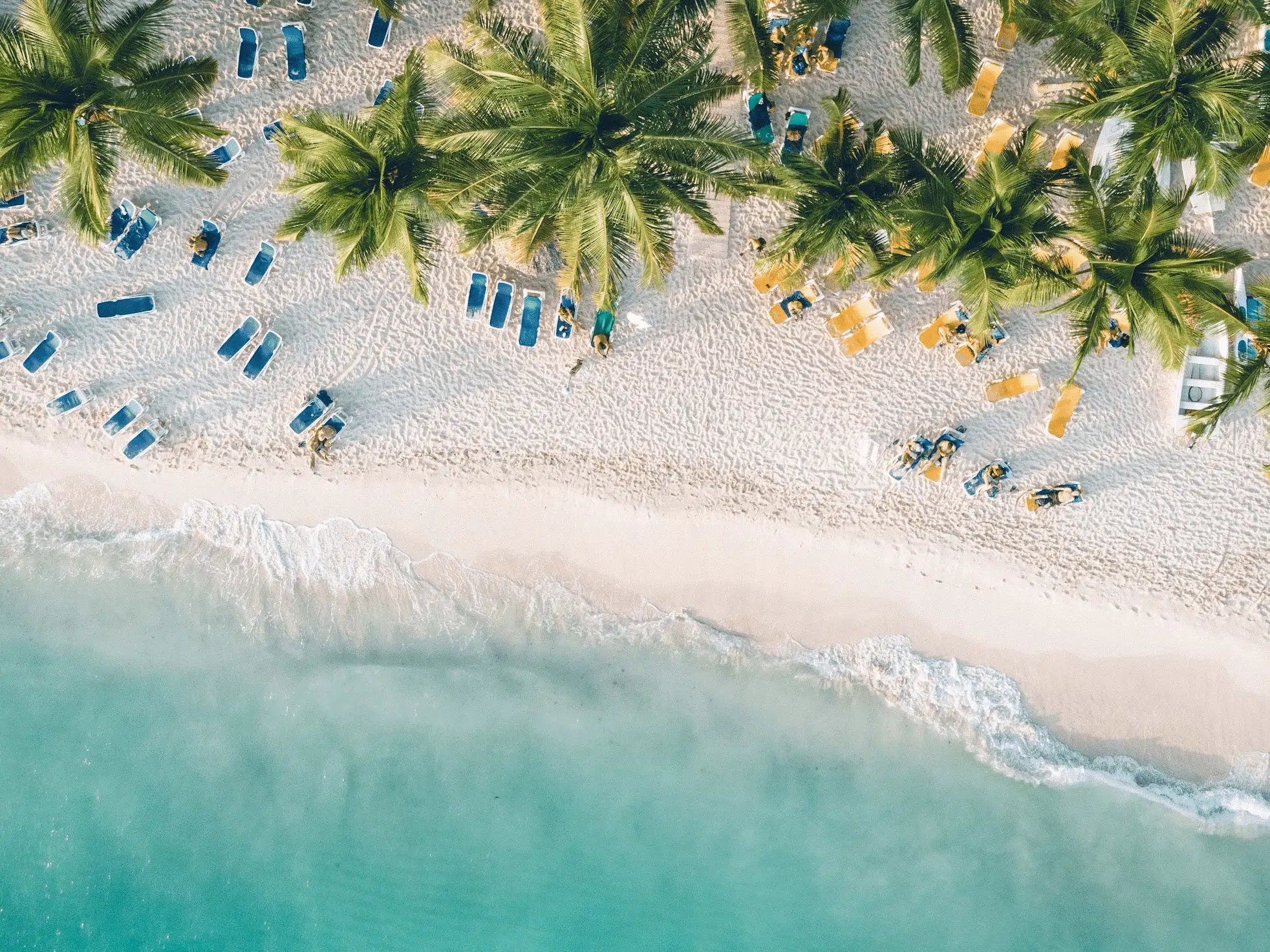
Haiti is also a great destination for those looking for adventure. While the country is still recovering from the 2010 earthquake, it still offers a variety of activities for visitors. Tourists can explore the 200 wooden gingerbread houses in Port-au-Prince, visit the Musée du Panthéon National Haïtien, travel south to Jacmel or north to two spectacular World Heritage sites: the Citadelle mountain fortress and the ruins of Sans-Souci Palace. For nightlife and entertainment, head to the Hotel Oloffson for live music or the Café des Arts for mojitos and dancing.

Summary
When it comes to sightseeing, both countries have plenty to offer. In the Dominican Republic, visitors can watch baseball, go mountain biking, surf at Puerto Plata, watch wildlife at Lago Enriquillo, collect amber, go game fishing or climb Mount Isabela de Torres.
In Haiti, visitors can admire the architecture, explore the many charms of Jacmel, escape to Ile-a-Vache, explore the Citadelle Laferriére, have a night out in Pétionville, hike in the national parks, go to the beach, enjoy Haitian art, take in epic views, relax at Cap Haïtien or visit the iron market in Port au Prince.
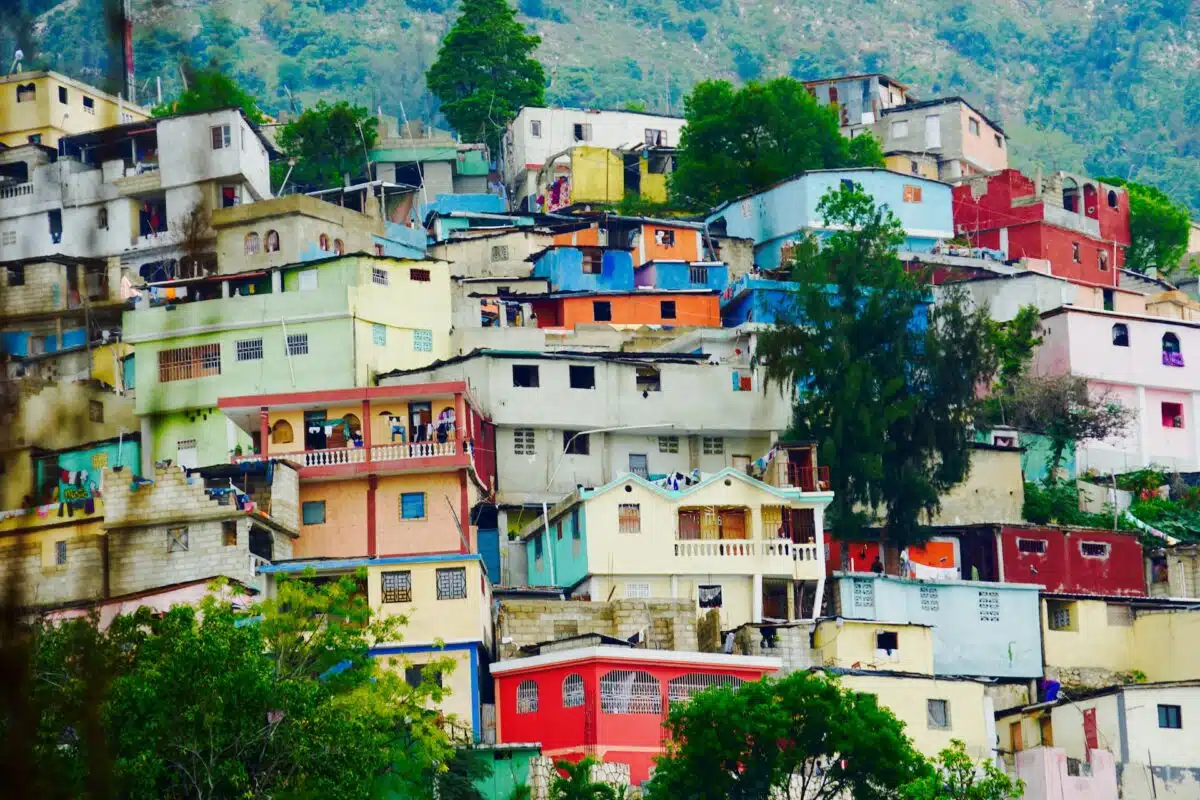
Whether it’s relaxing on the beach or exploring the sights, the Dominican Republic and Haiti have something for everyone. Both countries offer a unique experience for tourists, so don’t miss the opportunity to visit these two amazing Caribbean countries.
| Category | Dominican Republic | Haiti |
| Relaxation | White sandy beaches, crystal clear waters, and swaying coconut palms offer a tranquil respite. | Offers a variety of activities for those looking for adventure. |
| Activities | Scuba diving in Bayahibe, exploring the 12-block Colonial Zone in Santo Domingo, visiting Salto de Aguas Blancas waterfall, and observing marine life in Manati Park. | Explore the 200 wooden gingerbread houses in Port-au-Prince, Musée du Panthéon National Haïtien, Jacmel or two spectacular World Heritage sites: Citadelle mountain fortress and ruins of Sans-Souci Palace. |
| Sightseeing | Watch baseball, go mountain biking, surf at Puerto Plata, watch wildlife at Lago Enriquillo, collect amber, go game fishing, or climb Mount Isabela de Torres. | Architecture, explore the charms of Jacmel, escape to Ile-a-Vache, explore the Citadelle Laferriére, night out in Pétionville, hike in national parks, beach, enjoy Haitian art, take in epic views, relax at Cap Haïtien, or visit the iron market in Port-au-Prince. |
Food and Drinks
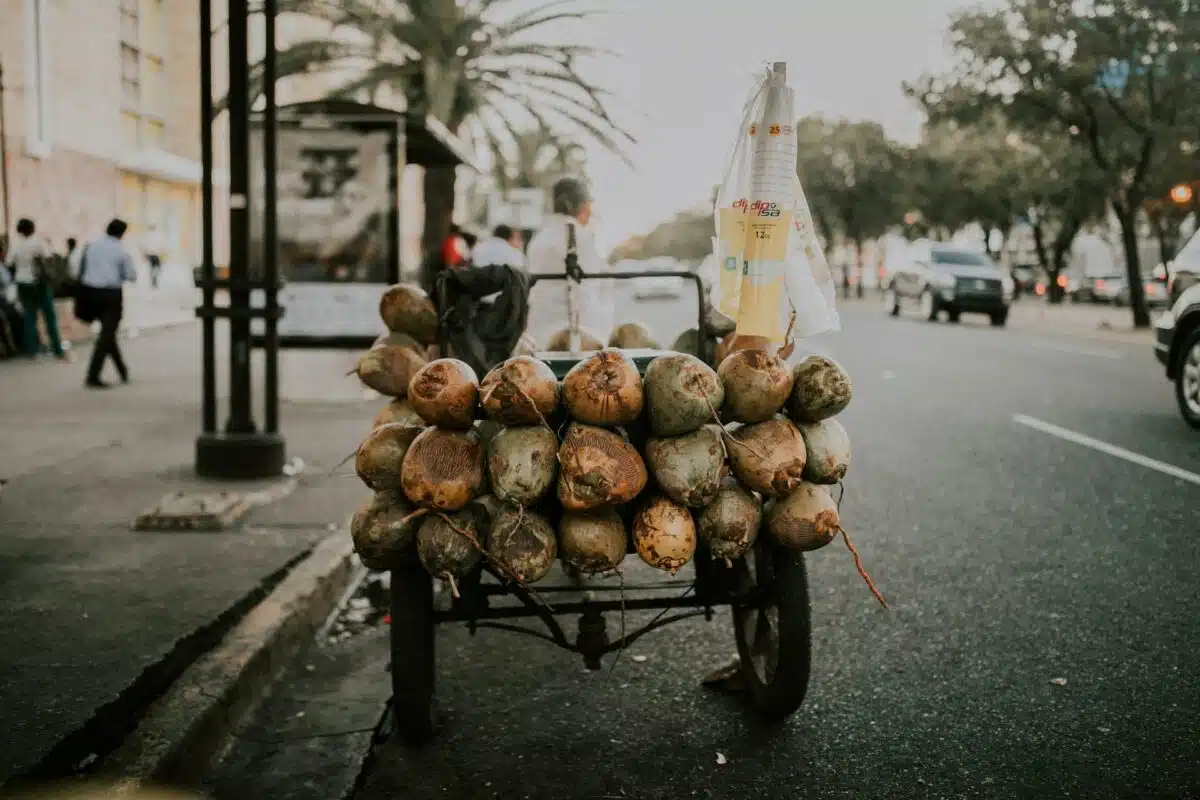
When it comes to food and drink, the Dominican Republic and Haiti have a lot in common. Both countries share similar influences from Spanish, African and Caribbean cuisines. They offer plenty of fresh fish and seafood, as well as meats such as chicken, beef and pork. Rice, yucca and sweet potatoes are staples in both countries, and fruit shakes (batidos) are popular in both.
In the Dominican Republic, locals love their national dish, la bandera (rice, bean meat, vegetables and fried plantains), as well as the subtle flavours of stewed fish and conch in Samana. Wash it down with a bottle of Dominican Republic Presidente beer or a rum cocktail. Coffee is also excellent and served very strong, usually black.

In Haiti, Creole and French cuisine are the most common, but there’s also a wide variety of other cuisines, including Lebanese, Japanese and American. The local Haitian cuisine is Creole, a Latin-Caribbean fusion of European, Indian and West Indian flavors. Lunch with the locals on classic Creole dishes at La Coquille in Pétionville for a real taste of Haiti.
Popular dishes include
- Griot (fried pork)
- Pikliz (spicy Haitian coleslaw)
- Banan peze (fried green plantain)
- Cabri boucane (grilled goat)
- Akra (fritters made from malanga, a root vegetable)
- Diri ak djondjon (rice and black mushrooms)
- Diri kole (rice and beans)
- Pate (savoury pastry stuffed with chicken, beef, cheese and smoked or unsmoked fish)
Drinks
When it comes to drinks, both countries have their own specialities. In the Dominican Republic, the island’s traditional sugar cane is used to produce some fine rums, including blanco (white), dorado (golden) and añejo (aged). In Haiti, Barbancourt rum and Prestige beer are popular, as is the celebratory drink cremas, a mixture of condensed and evaporated milk, coconut cream, nutmeg, cinnamon, vanilla and lime.

When it comes to tipping and drinking age, both countries have the same standard: a 10-15% tip is expected and the drinking age is 18. Avoid drinking tap water and consume pineapple and coconut juice in moderation as they are laxative.
Summary
Overall, the Dominican Republic and Haiti have a lot in common when it comes to food and drink. Whether you’re exploring the streets of Santo Domingo or Port-au-Prince, you’re sure to find something delicious to enjoy!
| Category | Dominican Republic | Haiti |
| Influences | Spanish, African, Caribbean | Spanish, African, Caribbean, French, Lebanese, Japanese, American |
| Staples | Rice, yucca, sweet potatoes, fresh fish and seafood, chicken, beef, pork | Rice, yucca, sweet potatoes, fresh fish and seafood, chicken, beef, pork |
| Specialities | La bandera (national dish), Presidente beer, rum cocktails, strong coffee | Creole cuisine, griot (fried pork), pikliz (spicy Haitian coleslaw), banan peze (fried green plantain), Barbancourt rum, Prestige beer, cremas (celebratory drink) |
Beaches
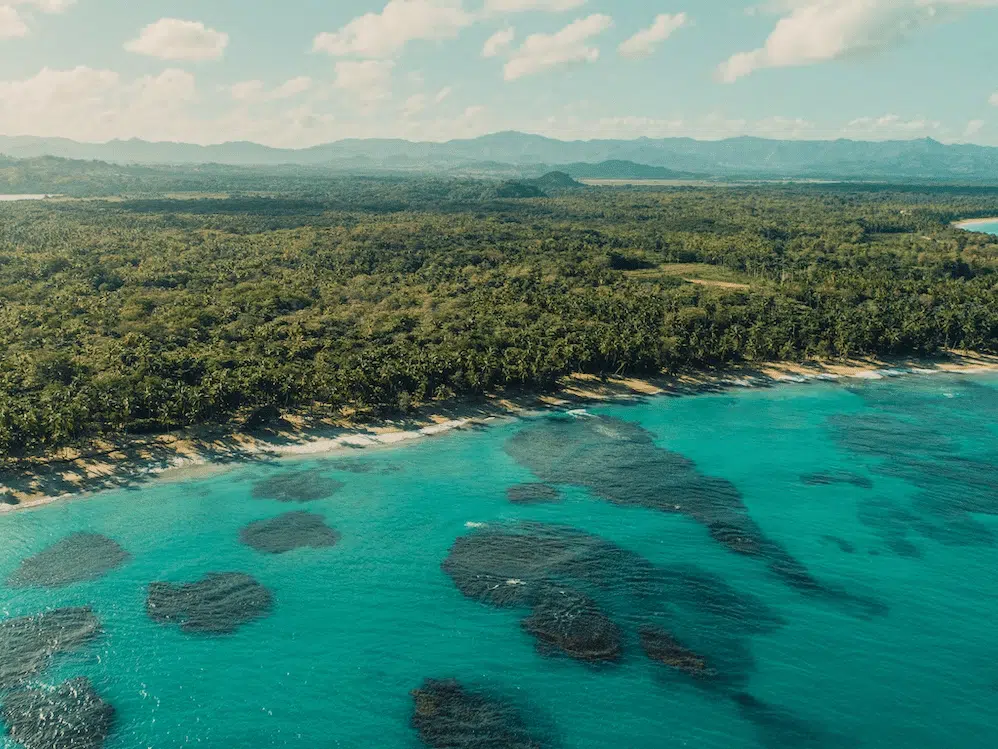
The Dominican Republic and Haiti are two Caribbean countries with some of the most beautiful beaches in the world. Both countries have stunning white sand beaches, clear blue waters and plenty of activities for tourists to enjoy.
When it comes to the Dominican Republic, the beaches are incredibly diverse. From the north side of the island with endless soft sand beaches to the Caribbean coast on the south side of the island with powdery white sand or smooth pebble beaches, there is something for everyone. The country’s most famous beach and resort destination is Punta Cana, with a combination of gorgeous beaches and luxury resorts. Bavaro Beach is one of the best and most unique beaches in Punta Cana. Other notable beaches in the Dominican Republic include
- Playa Bahia de Las Águilas,
- The beaches around Cabarete
- La Romana
- Cayo Levantado
- Samaná
- Las Galeras
- Paradise Island
- Rincón

Haiti also has some stunning beaches including Kokoye Beach, Anse Mitan, Pinson, Malendure, Milot, Fond Doux, Labadee, Wahoo Bay Beach, Port-Salut and Jacmel Beach. Kokoye Beach is a must for anyone visiting Haiti with its beautiful clear water and white sand. Labadee is a great option for those looking for a more exclusive beach experience, as it is leased by the Royal Caribbean cruise line. Wahoo Bay Beach is a great option for those closer to the capital, Port-au-Prince, while Port-Salut is considered one of the best beaches in Haiti. Finally, Jacmel Beach is a great place to watch the sunset.
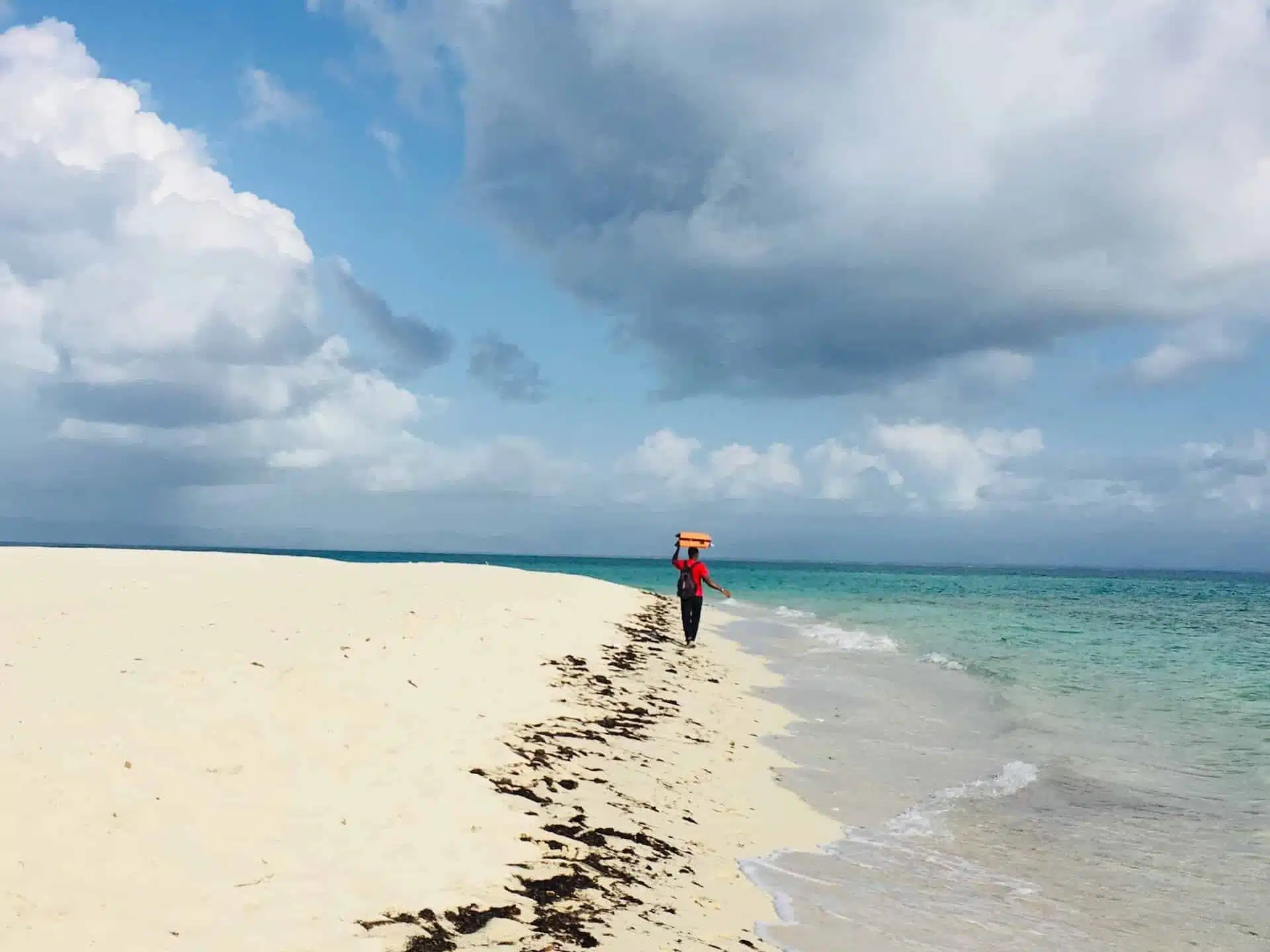
Beach Summary – Dominican Republic vs Haiti
When it comes to deciding which country is better for beaches, it really depends on what kind of experience you are looking for. If you want a luxurious beach experience with lots of activities and resorts, then the Dominican Republic is the better choice. However, if you are looking for a more authentic Caribbean beach experience, with plenty of local culture and fewer people, then Haiti is a better option.
Whichever country you choose, you can be sure of a stunning beach experience. From the diverse beaches of the Dominican Republic to the quieter, more secluded beaches of Haiti, there is something for everyone. So if you’re looking for a beach holiday, the Dominican Republic and Haiti are both great choices.
| Category | Dominican Republic | Haiti |
| Famous beach | Punta Cana | Gelee Beach |
| Notable beaches | Playa Bahia de Las Águilas, beaches around Cabarete and La Romana, Cayo Levantado, Samaná, Las Galeras, Paradise Island, Rincón | Kokoye Beach, Anse Mitan, Pinson, Malendure, Milot, Fond Doux, Labadee, Wahoo Bay Beach, Port-Salut, Jacmel Beach |
| Best beach for luxurious experience | Punta Cana | – |
| Best beach for authentic Caribbean experience | Samaná | Kokoye Beach, Labadee, Wahoo Bay Beach, Port-Salut, Jacmel Beach |
Transportation
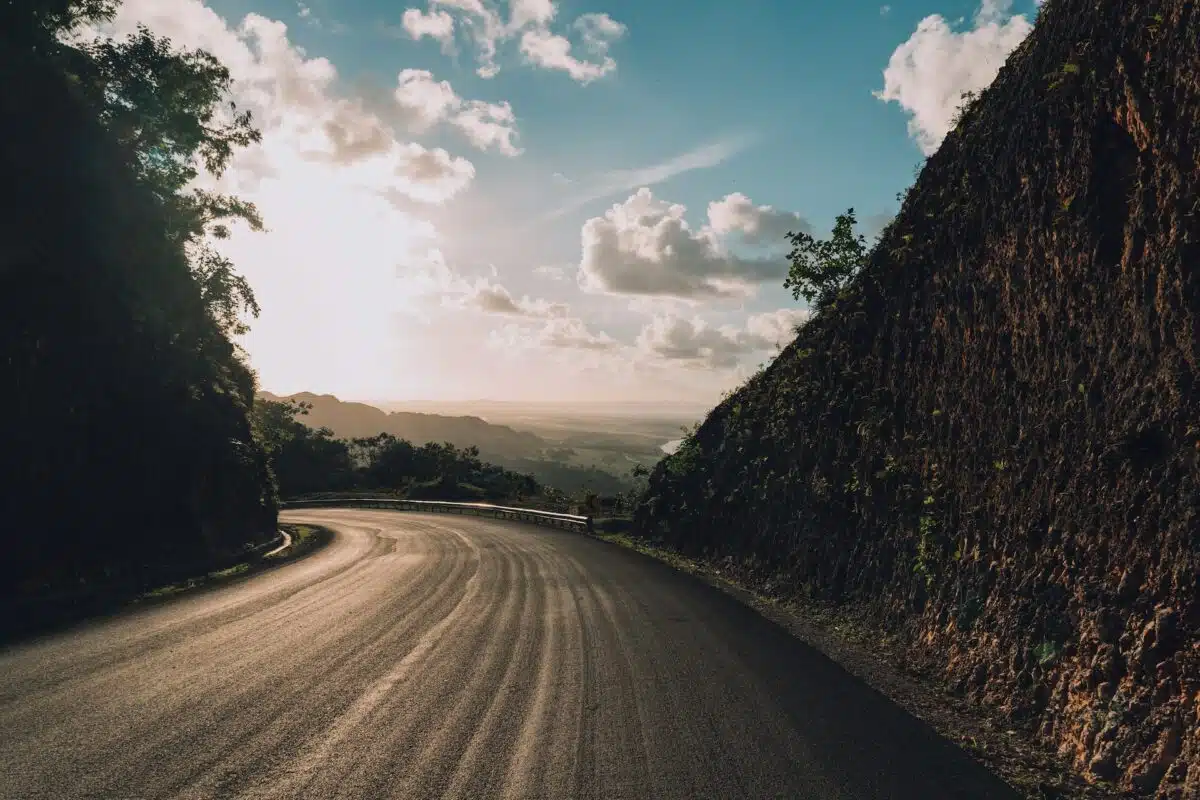
Travelling in the Caribbean can be a unique and exciting experience, especially when comparing two countries such as the Dominican Republic and Haiti. Both countries offer a variety of transportation options for tourists, but there are some key differences to consider when deciding how to navigate each country.
The Dominican Republic is the larger of the two countries and has the most extensive transport network. The most convenient way to get around the Dominican Republic is to use shuttle flights, taxis, rental cars, públicos (multi-passenger taxis) and guaguas (public buses). Air Century and SAP Group offer charter and scheduled domestic flights. There is also a reasonable road network, including the Sanchez Highway (DR-2), which runs west from Santo Domingo to Elías Piña on the Haitian border, and the Mella Highway (DR-4), which runs east from Santo Domingo to Higüey in the southeast.
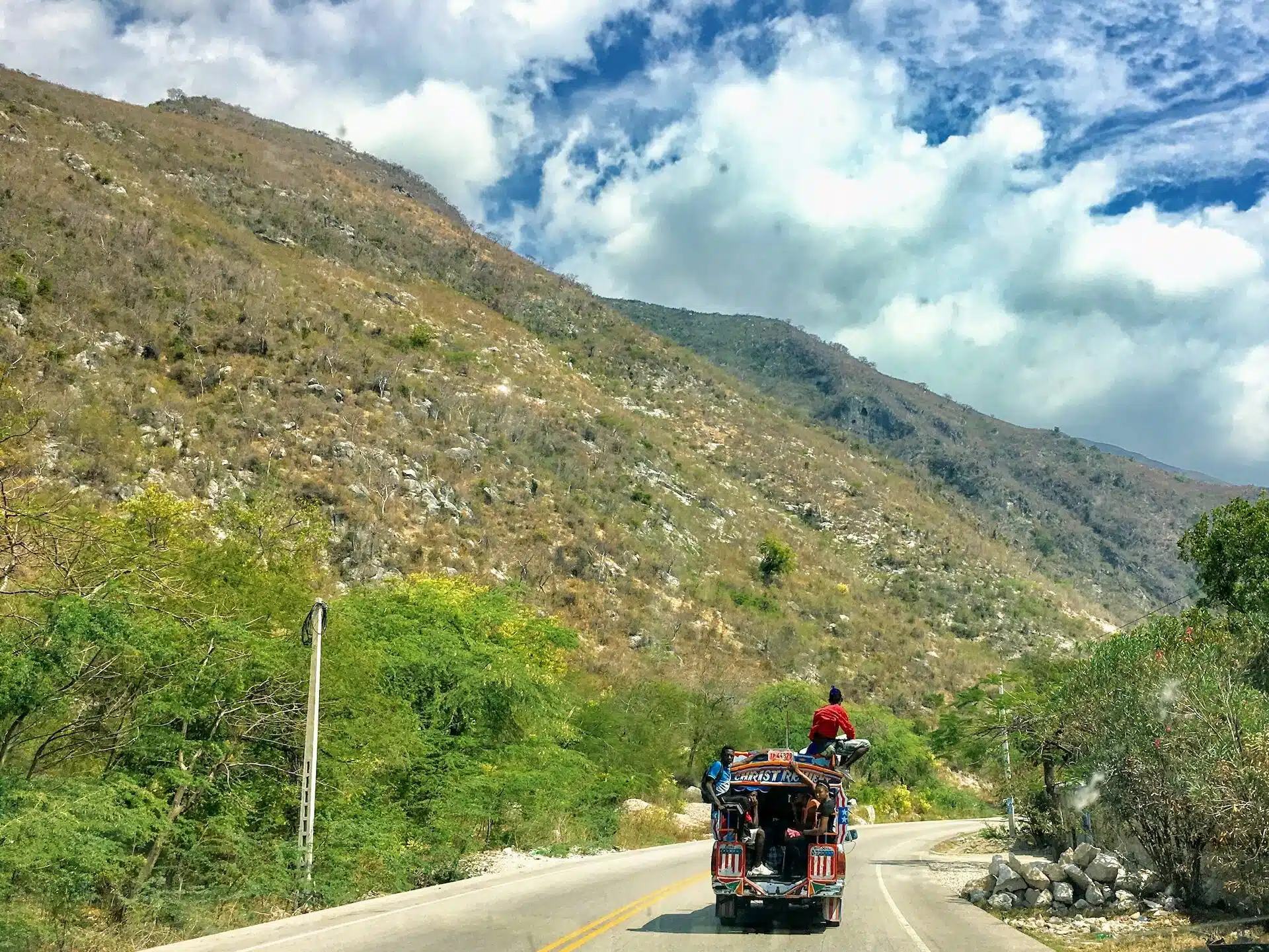
Although the law states that you must be at least 18 years old to drive, many car hire companies usually require you to be at least 21, and in some cases 25. A passport, valid driver’s license and credit card are required to rent a car. Roads in the Dominican Republic are generally well maintained, but travelers should be aware that there is a high rate of road accidents in the country.
Haiti Transportation
In contrast, Haiti is much smaller and has a less developed transport network. Air travel is the quickest and easiest way to get around the country, with Tortug’ Air and Sunrise Airways offering various domestic routes. The Route Nationale highways are generally fairly good, but road quality elsewhere is unreliable at best and terrible at worst. Rental cars are available in Port-au-Prince, Pétionville and at the airport, but it is advisable to hire a driver through a local tour operator or hotel.
There are three types of taxi in Port-au-Prince, including motosiklet (or motorbikes), publiques (or public taxis) and private taxis. Tapas, which are elaborately painted vehicles, are also popular but are not recommended for foreign visitors. Buses and minibuses (tap-taps) are the cheapest way to travel around Haiti, and there are five main private bus companies offering comfortable 52-seat air-conditioned buses.
Conclusion Transportation
Overall, the Dominican Republic offers a more comprehensive and safer transport network than Haiti. However, both countries offer unique experiences for travelers and each has its own advantages and disadvantages. It is important to do your research before travelling to either country to ensure you have the best possible experience.
| Category | Dominican Republic | Haiti |
| Transport Network | Larger and has the most extensive transport network | Smaller and has a less developed transport network |
| Air Travel | Charter and scheduled domestic flights by Air Century and SAP Group | Domestic routes offered by Tortug’ Air and Sunrise Airways |
| Road Network | Well-maintained roads but high rate of road accidents | Route Nationale highways are generally good, but other roads are unreliable or terrible at worst |
| Rental Cars | Available with passport, valid driver’s license and credit card | Available in Port-au-Prince, Pétionville, and at the airport, but hiring a driver through a local tour operator or hotel is advisable |
| Taxis | Shuttle flights, taxis, rental cars, públicos (multi-passenger taxis), and guaguas (public buses) | Three types of taxis in Port-au-Prince including motosiklet (motorbikes), publiques (public taxis) and private taxis |
| Buses | Comfortable 52-seat air-conditioned buses | Cheapest way to travel with five main private bus companies offering minibuses (tap-taps) |
Travel Time
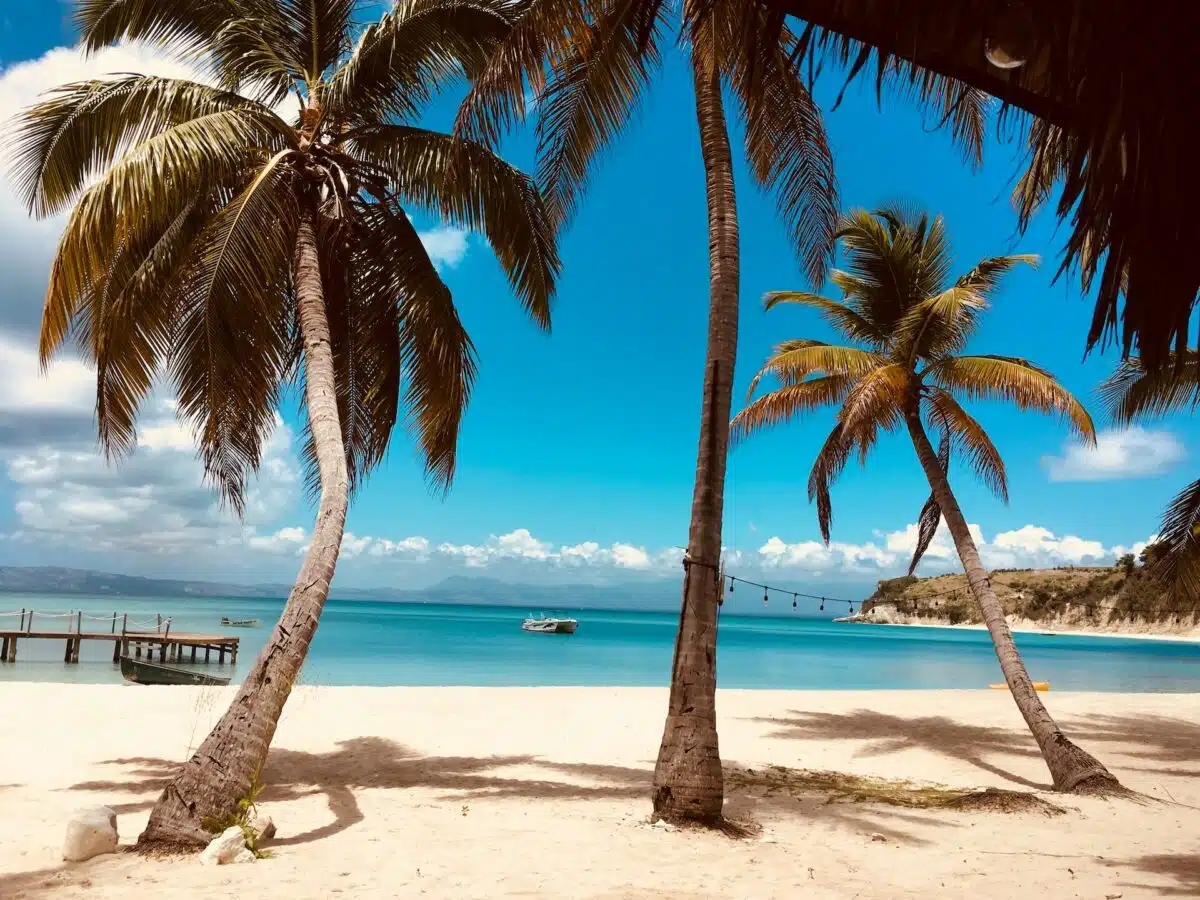
Both countries offer beautiful beaches, stunning scenery and plenty of activities for tourists to enjoy. But when it comes to deciding which country to visit, one of the most important factors to consider is the best time to travel.
The Dominican Republic offers warm temperatures and sunny skies throughout the year, making it an ideal destination for travelers looking for some winter sun. The best time to visit the Dominican Republic is between December and April, when temperatures are cooler and the risk of hurricanes is lower. During this time, visitors can expect mostly sunny days with occasional afternoon showers. From July to October, however, the region can experience heavy rainfall and an increased risk of hurricanes.
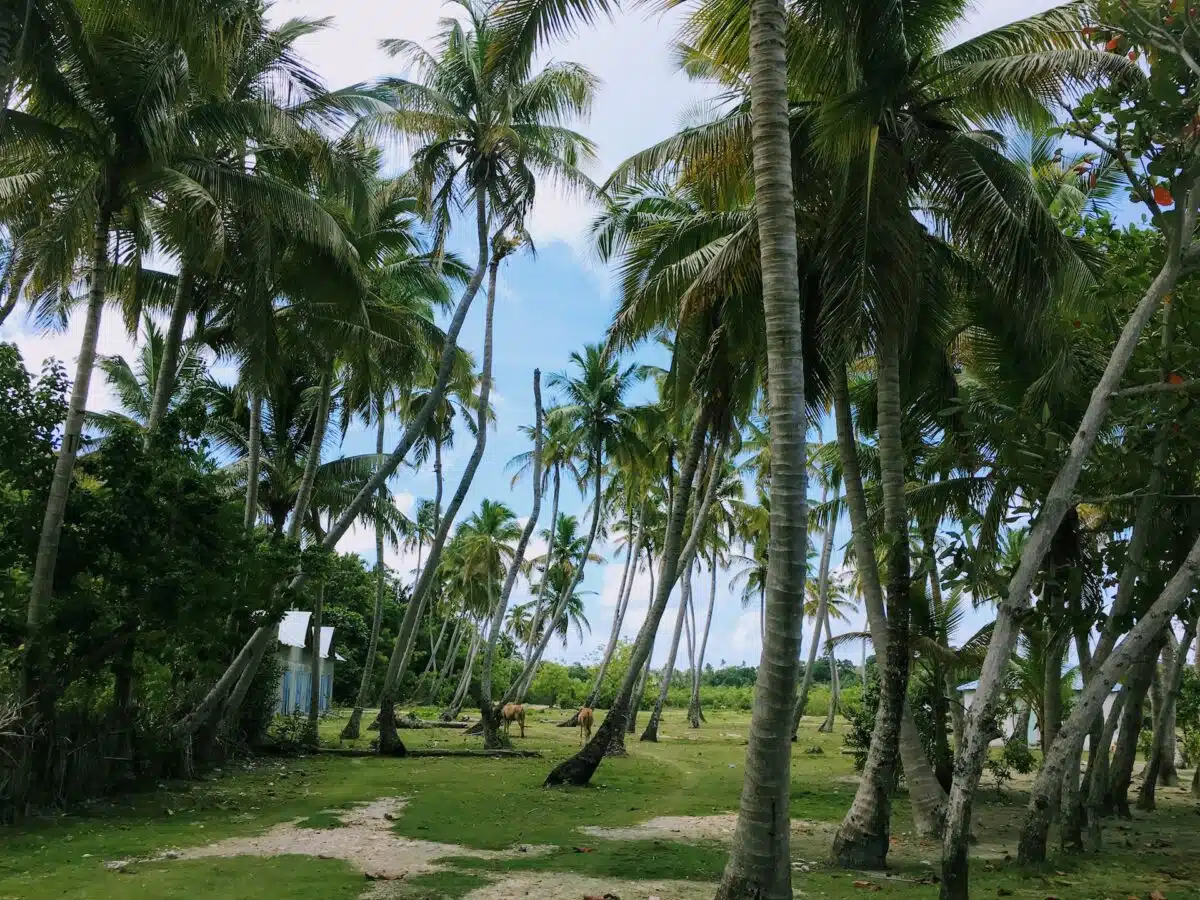
Haiti also offers warm temperatures throughout the year, but the best time to visit is between November and March. During this time, temperatures are cooler and rainfall is at its lowest. However, visitors should be aware of the possibility of strong winds and hurricanes during this time. From April to October, temperatures can reach up to 88 degrees Fahrenheit and rainfall is at its highest.
Overview Climate – Dominican Republic vs Haiti
Overall, both the Dominican Republic and Haiti offer tourists plenty of opportunities to explore and enjoy their surroundings. The best time to visit depends on the traveller’s preferences and activities. If travellers are looking for a beach holiday with plenty of sun and fewer crowds, then the Dominican Republic is the perfect choice. However, if they are looking for a unique cultural experience with fewer tourists, then Haiti is the ideal destination.
| Category | Dominican Republic | Haiti |
| Best Time to Visit | December to April for cooler temperatures and lower hurricane risk, but occasional afternoon showers. July to October can have heavy rainfall and increased hurricane risk. | November to March for cooler temperatures and lower rainfall. April to October can have high temperatures and highest rainfall. |
| Temperature | Warm throughout the year, with cooler temperatures between December and April. Average annual temperature is 77°F (25°C). | Warm throughout the year, with cooler temperatures between November and March. Average annual temperature is 79°F (26°C). |
| Rainfall | Rainy season from late April to October, with northern coast rainy throughout the year. | Dry season from December to February, rainy season from April to October with two rainy peaks. |
Weather and Climate
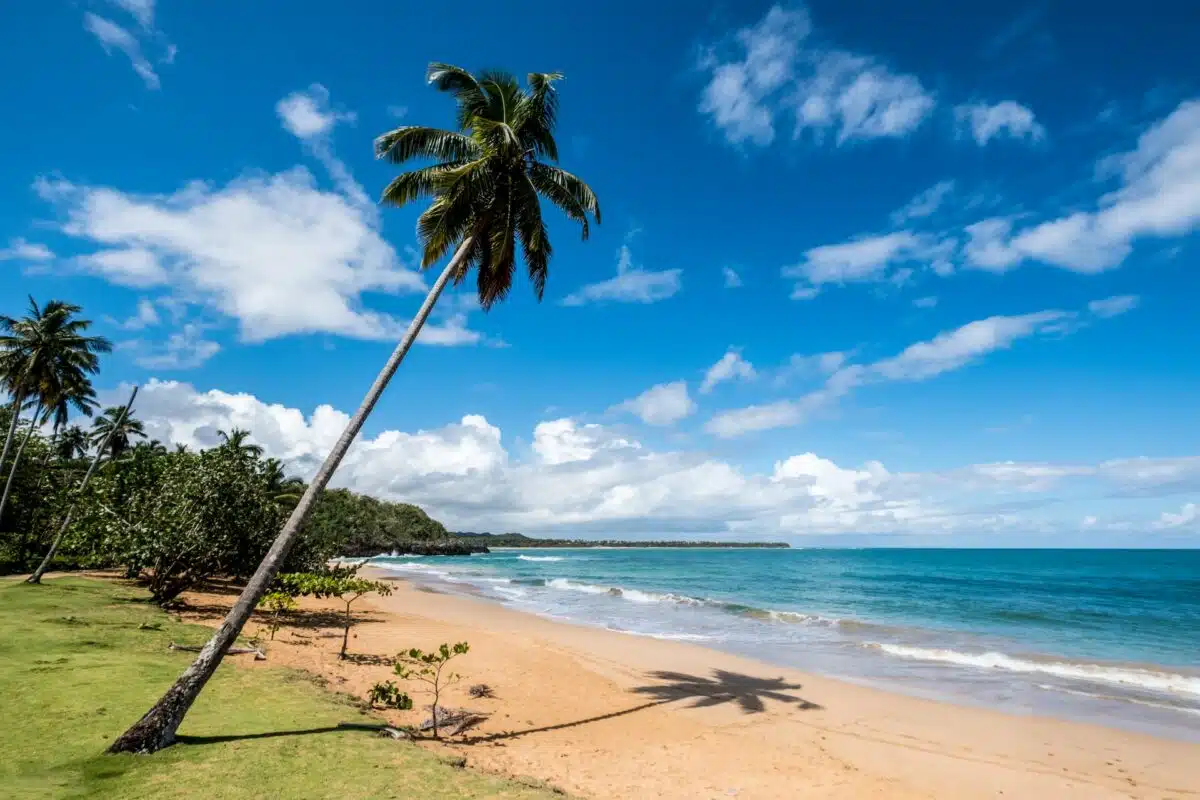
When it comes to comparing the climates of the Dominican Republic and Haiti, the two countries share similar characteristics but also have some distinct differences. Both countries are located in the Caribbean and have a tropical climate with high temperatures throughout the year. Both the Dominican Republic and Haiti have two main weather seasons: the dry season from December to April and the rainy season from May/June to November. However, the Dominican Republic experiences slightly hotter temperatures and less humidity during the dry season than Haiti.
The Dominican Republic is in the center of the Caribbean hurricane belt and is hit by a major storm every decade or so, while Haiti is more vulnerable to hurricanes and tropical storms due to its location on the leeward side of the island. The Dominican Republic has an average annual temperature of 77°F (25°C), while Haiti has an average annual temperature of 26°F (79°C).
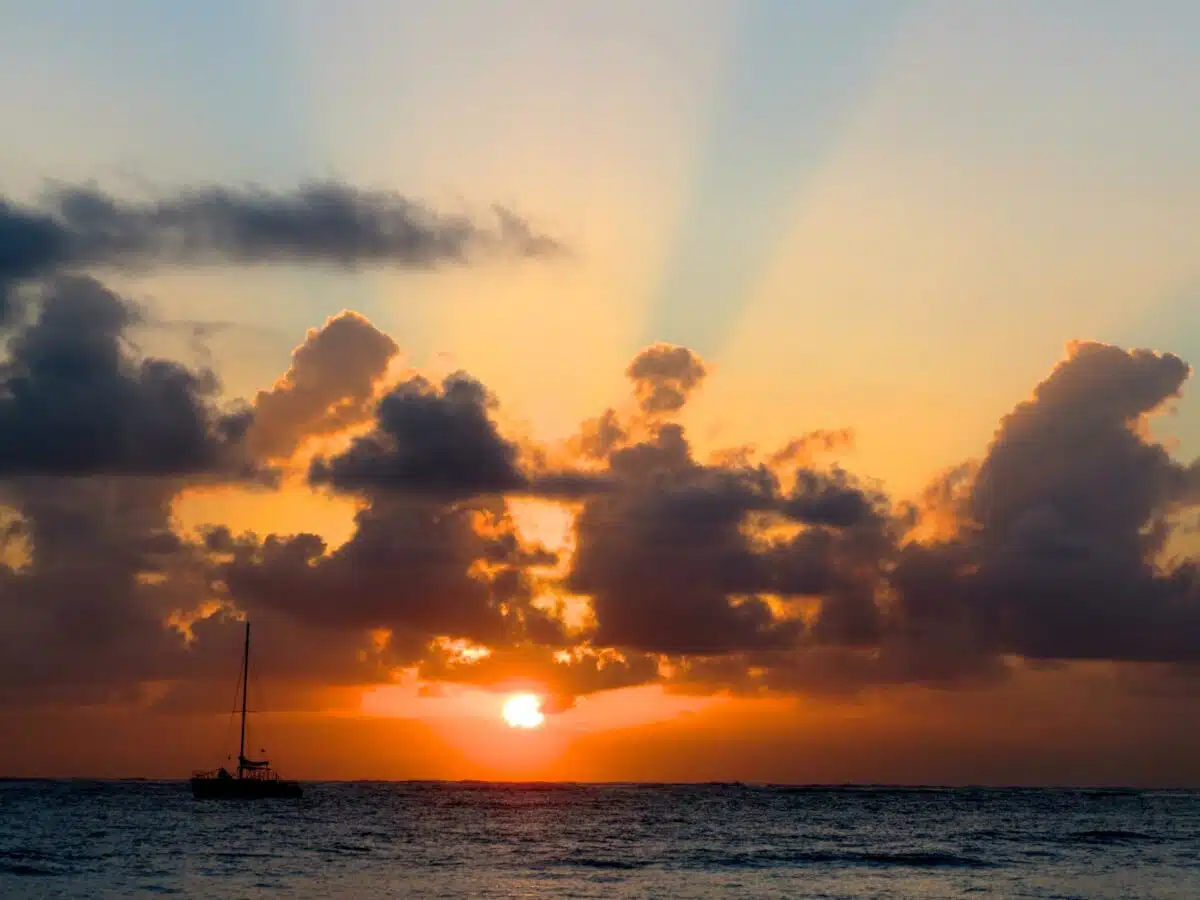
In terms of rainfall, the Dominican Republic experiences a rainy season from late April to October and the northern coast is rainy throughout the year. Haiti, on the other hand, has a dry season from December to February and a rainy season from April to October, with two rainy peaks at the beginning and end of the period. Haiti also receives less rainfall than the Dominican Republic.
Overview
When it comes to the best time to visit the Dominican Republic and Haiti, the Dominican Republic is generally a better choice for those seeking a drier and warmer climate. However, both countries offer plenty of sunshine and warm temperatures throughout the year, making them great destinations at any time of year.
| Category | Dominican Republic | Haiti |
| Location | In the centre of the Caribbean hurricane belt | More vulnerable to hurricanes and tropical storms due to its location on the leeward side of the island |
| Temperature | Average annual temperature of 77°F (25°C) | Average annual temperature of 26°F (79°C) |
| Weather Seasons | Dry season from December to April and rainy season from May/June to November | Dry season from December to February and rainy season from April to October |
| Rainfall | Rainy season from late April to October with some parts receiving rainfall throughout the year | Rainy season from April to October with some parts receiving less than 28 inches (700 mm) per year |
| Best Time to Visit | Great destination at any time of year, but generally drier and warmer | Plenty of sunshine and warm temperatures throughout the year, making it a great destination at any time of year |
Accomodations
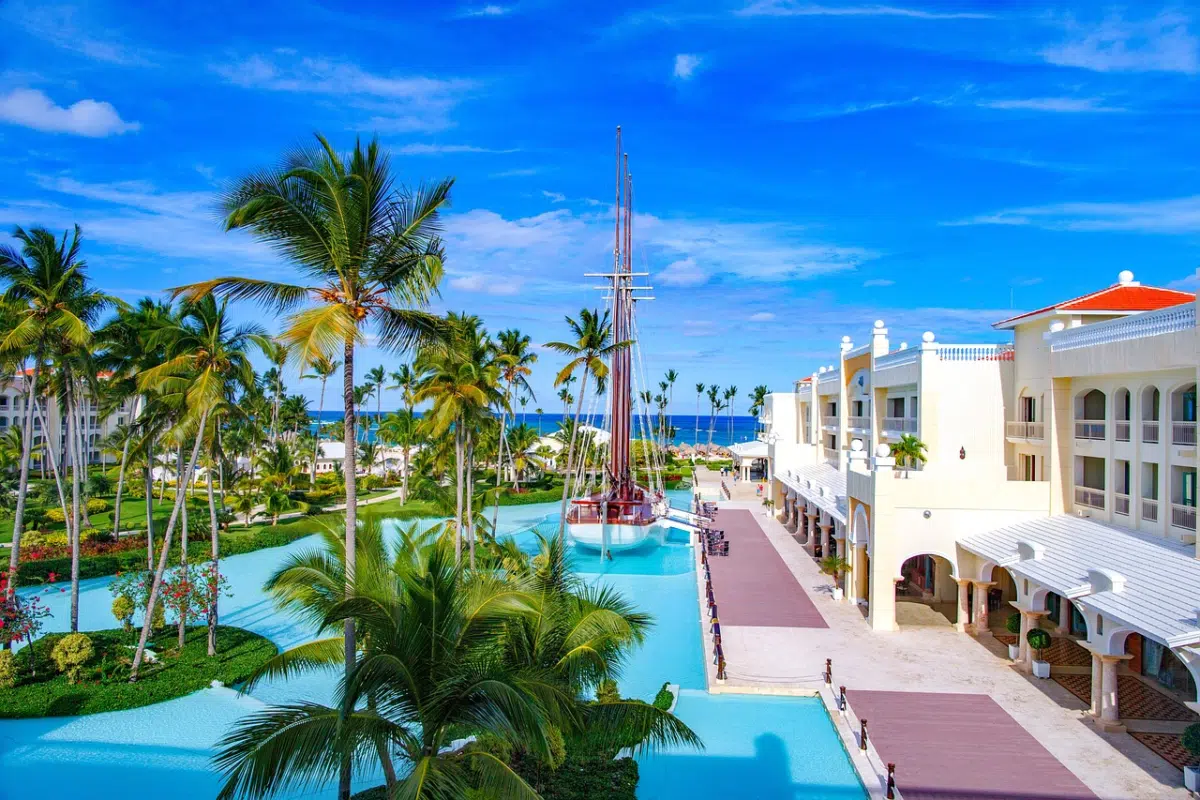
In the Dominican Republic you can find everything from all-inclusive resorts to budget hotels, luxury high-rise resorts along the capital’s Malecón, independently run beach hotels, rooms to rent in Dominican family homes and a range of reasonable budget hotels. All-inclusive holidays are popular here and make package holidays quite affordable.
In Haiti, accommodation is limited and mostly found in Port-au-Prince and Pétionville, while beach hotels are located north of the capital on the road to St Marc or west towards Petit-Gonâve. Other towns such as Cap-Haïtien, Les Cayes, the Gonâve Bay area, Jacmel and the Petit-Gonâve beach area also have some accommodation options.
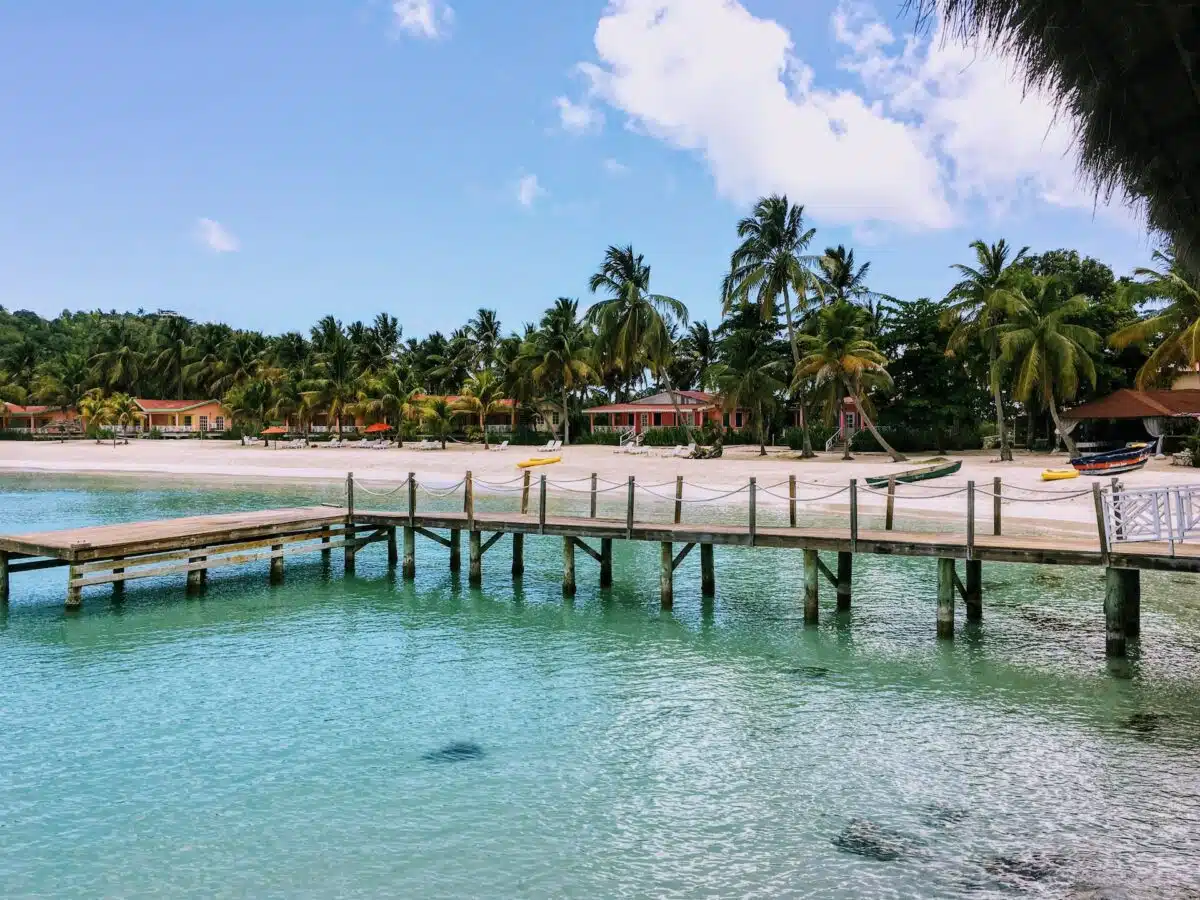
In the Dominican Republic, hotels are rated on a 5-star system, and there is a good selection of hotels in the country, particularly along the white sandy beaches of Punta Cana and Bávaro. Budget hotels are common and often offer basic amenities such as private bathrooms, hot water and air conditioning. Hotel prices are higher from December to March due to the influx of tourists from the northern hemisphere.
In Haiti, accommodation is more limited than in the Dominican Republic. Hotels and guesthouses can be found in Port-au-Prince and Pétionville, while beach hotels are located north of the capital and west towards Petit-Gonâve. Most visitors stay in Pétionville and it is important to book well in advance for Carnival.
In Haiti, most visitors stay in Pétionville, where there are modest small inns, guesthouses and palatial-style hotels. Swimming pools and air conditioning are essential in central hotels due to the heat. It is important to book well in advance for the carnival period. Self-catering accommodation is available in Port-au-Prince at very reasonable rates.
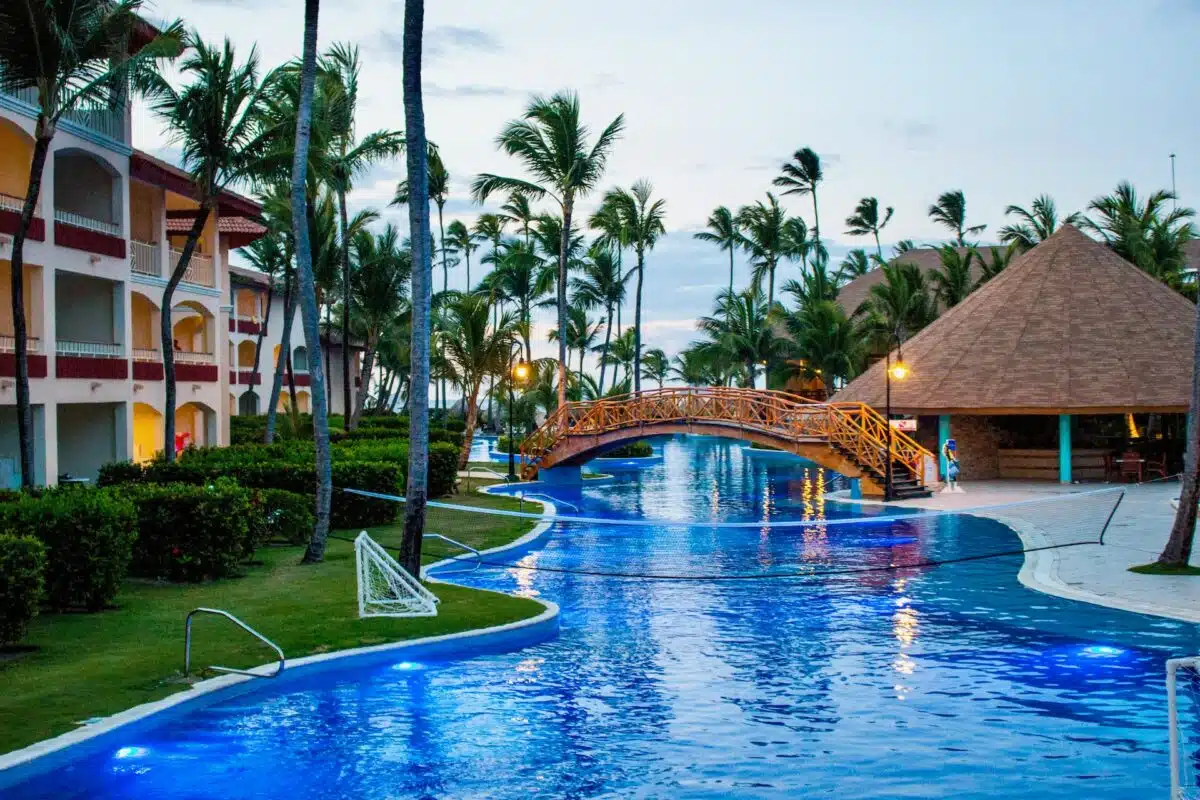
Summary Hotals – Dominican Republic vs Haiti
Whatever type of accommodation you are looking for, both the Dominican Republic and Haiti have something to offer. The Dominican Republic is a great destination for those looking for all-inclusive resorts, luxury hotels and budget options. Haiti, on the other hand, is great for those looking for a unique experience with its limited accommodation options and stunning scenery.
| Category | Dominican Republic | Haiti |
| Types of accommodation | All-inclusive resorts, luxury high-rise resorts, independently run beach hotels, rooms to rent in Dominican family homes, and a range of reasonable budget hotels | Limited accommodation options in Port-au-Prince and Pétionville, with beach hotels located north of the capital and west towards Petit-Gonâve. Small inns, guesthouses and palatial-style hotels in Pétionville. Self-catering accommodation available in Port-au-Prince. |
| Hotel rating system | 5-star system | – |
| Popular locations for hotels | White sandy beaches of Punta Cana and Bávaro | Pétionville and beach hotels north of the capital and west towards Petit-Gonâve |
| Peak season | December to March | Carnival period |
| Amenities | Basic amenities such as private bathrooms, hot water and air conditioning in budget hotels. All-inclusive holidays are popular. | Swimming pools and air conditioning are essential in central hotels due to the heat. Self-catering accommodation available in Port-au-Prince at reasonable rates. |
Economy
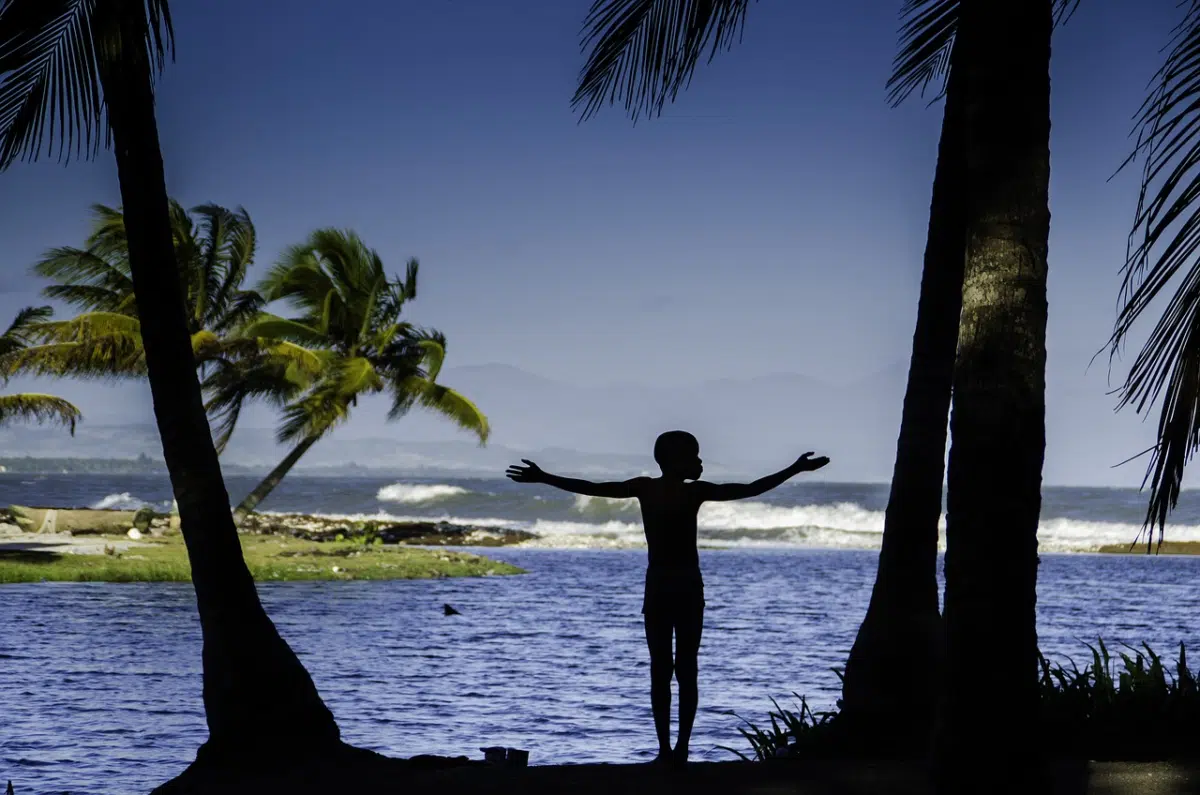
The Dominican Republic and Haiti are two countries in the Caribbean. They share a border, a history and many cultural similarities, but they have very different economic situations. The Dominican Republic has a much higher GDP per capita than Haiti ($18,608 compared to $2,916) and its economy is more diversified. The Dom. Rep’s GDP growth rate was -6.7% in 2020, while Haiti’s was -3.7%. The DR’s inflation rate is also much lower than Haiti’s (3.8% compared to 22.9%).
The Dominican economy is largely based on services, trade, manufacturing, telecommunications, construction, agriculture and remittances from Dominicans living abroad. Agriculture was once the mainstay of the economy, but it has become more diversified over time. The government has played an important role in the economy, allowing the establishment of maquiladoras (foreign-owned factories) in tax-free port zones. Despite the country’s economic growth, about three-fifths of Dominicans remain below the poverty line. However, the middle class has grown significantly since the mid-20th century, and the country’s economic and social oligarchy has become somewhat fragmented.
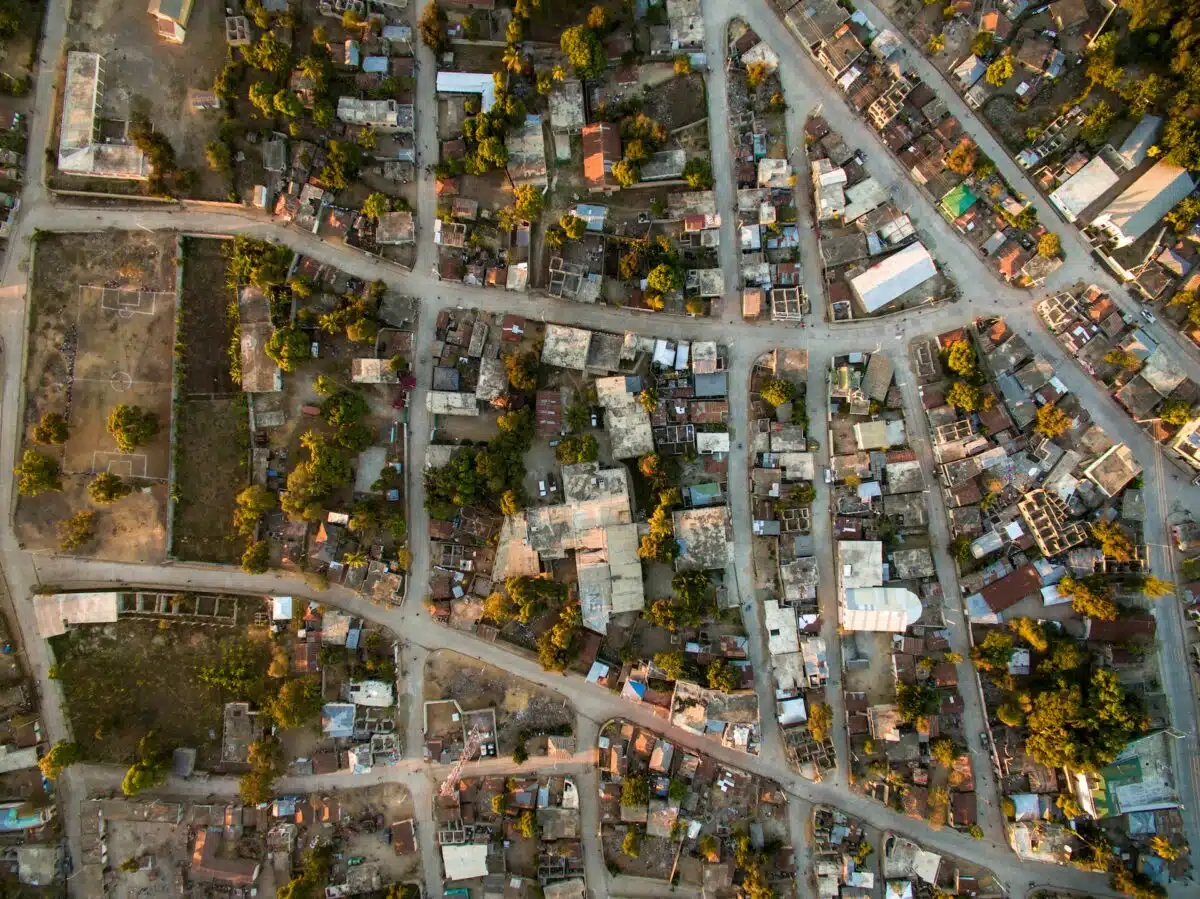
Haiti’s economy is dominated by agriculture, and the domestic food supply has not kept pace with demand. As a result, up to a fifth of the food consumed in Haiti is imported or smuggled from other countries. Conventional wage employment is much less common than casual work or self-employment, and the vast majority of Haitians work almost every day in the informal sector. Remittances from Haitians living abroad are an important source of income for the country.
Both countries have high unemployment rates, 8.9% in the Dominican Republic and 14.5% in Haiti. The Dominican Republic’s FDI inflows are much higher than Haiti’s, at $2.6 billion compared to $30 million.
Eco Summary Dominican Republic vs Haiti
All in all, the economic situation of the Dominican Republic is much stronger than that of Haiti. The Dominican Republic has a higher GDP per capita, a more diversified economy, a lower inflation rate and higher FDI inflows. However, both countries have high levels of unemployment and poverty. The Dominican Republic has made progress in improving its economy and reducing poverty, but Haiti still has a long way to go.
| Category | Dominican Republic | Haiti |
| GDP per capita | $18,608 | $2,916 |
| GDP growth rate in 2020 | -6.7% | -3.7% |
| Inflation rate | 3.8% | 22.9% |
| Economic activities | Services, trade, manufacturing, telecommunications, construction, agriculture and remittances from Dominicans living abroad | Agriculture and remittances from Haitians living abroad |
| Unemployment rate | 8.9% | 14.5% |
| FDI inflows | $2.6 billion | $30 million |
In conclusion: Dominican Republic vs Haiti
To sum up, both the Dominican Republic and Haiti offer much to see, beautiful beaches and delicious local cuisine. While the Dominican Republic may be more popular with tourists due to its well-developed tourism industry and infrastructure, Haiti’s natural beauty and historical landmarks should not be overlooked.
Travel time and transport can be a little more challenging in Haiti than in the Dominican Republic, but the trip is well worth it for those seeking a more authentic and off-the-beaten-path experience.
In terms of accommodation, both countries offer a wide range of options, from budget hostels to luxury resorts. However, the Dominican Republic may have a slight edge in terms of quality and variety of accommodation.
When it comes to the economy, the Dominican Republic has a more stable and developed economy, which is reflected in the cost of living and overall travel costs. Haiti, on the other hand, still struggles with poverty and political instability, but this does not detract from its rich cultural heritage and the warm hospitality of its people.
In summary, while both the Dominican Republic and Haiti have their unique advantages and challenges, they both offer a rich and rewarding travel experience for those willing to explore and appreciate the beauty and diversity of the Caribbean region.
Article: Dominican Republic vs Haiti! You can find more Dominican Republic articles here: DR blogs or looking for a comparison of Cuba vs Bolivia!
- National Parks in Montana: A Traveler’s Paradise - June 2, 2024
- National Parks in Arizona: Discover the Wonders - June 2, 2024
- Yucatan National Parks - June 2, 2024

